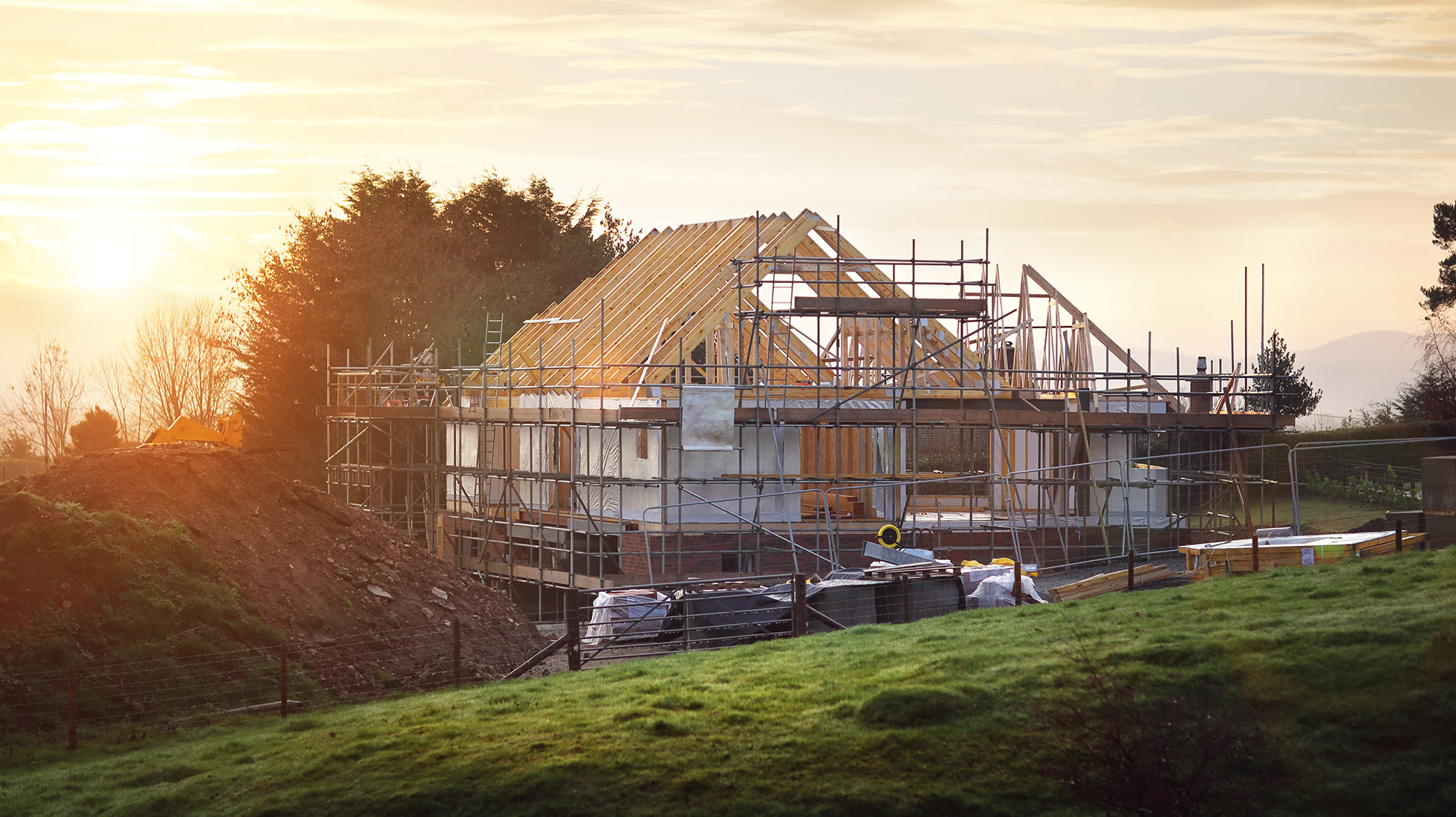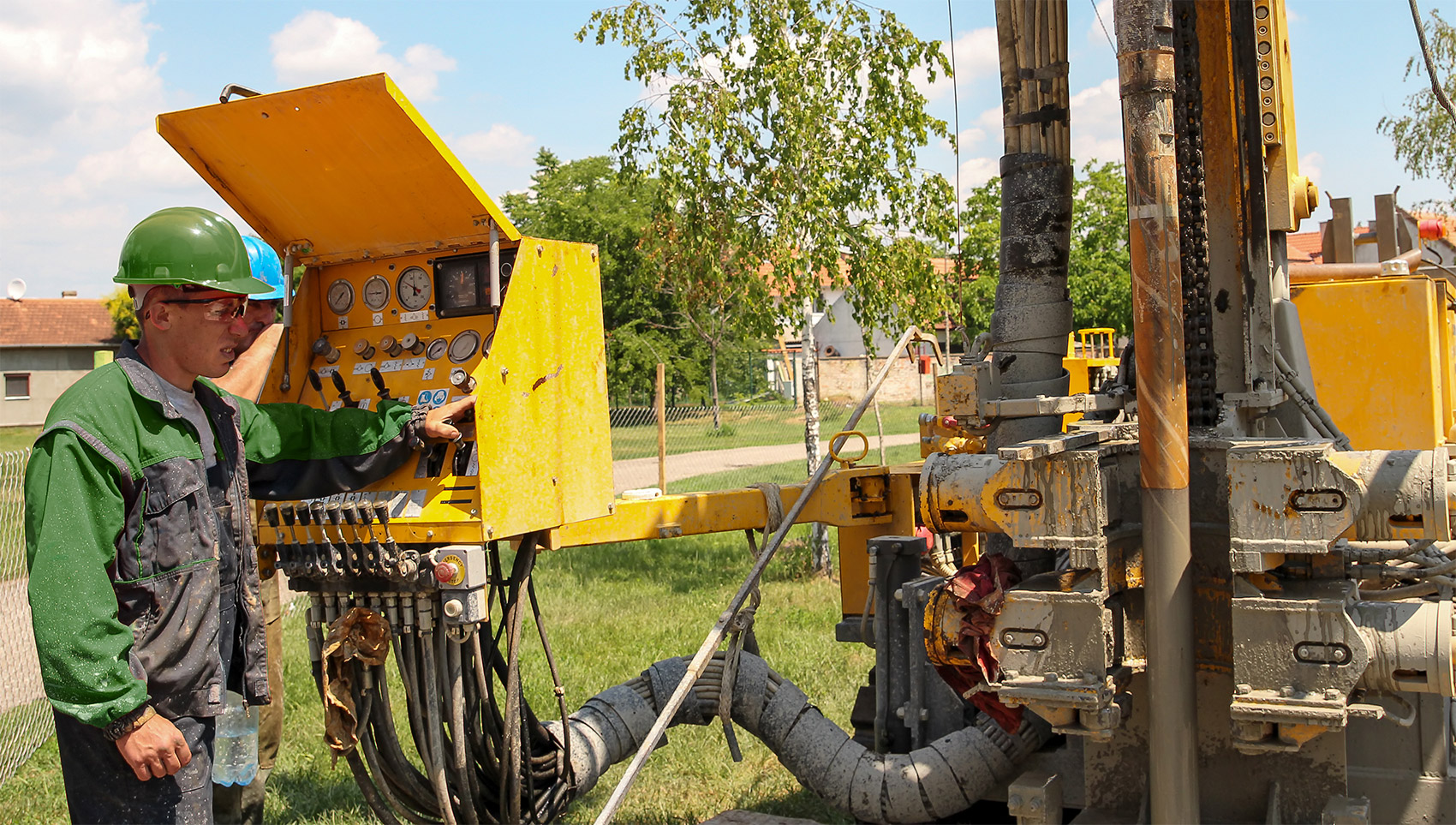ClimateMaster News
The most educational residential HVAC blog in the country, providing, HVAC systems articles and videos, as well as information on geothermal systems.
Installing Geothermal Heating and Cooling for Residential New Construction

Published By: Joe Parsons
Why Geothermal HVAC is Perfect for New Construction
When you’re building a home, there will be many options for heating and cooling, but no alternative offers the constant, steady comfort, efficiency, and low operating costs the way geothermal does. If you’re preparing for a new build, with a geothermal system, you could be saving on heating and cooling costs from day one.
Upfront prices for a geothermal system in new construction are usually lower than retrofit installs, and the initial outlay can be rolled into monthly mortgage payments. The increase in mortgage costs is typically offset by the decreased operating costs of geothermal systems, providing a net positive cash flow. It won’t end up adding a huge spike to your monthly payments, and more often than not, you are saving more than you’re spending. A typical house might experience $150 a month in energy savings, and an increase in mortgage payments is generally around $50 a month. This means you could be keeping dollars in your pocket right off the bat.
Plus, if you’re weighing the effects of modern life’s impacts on the ecosystem, geothermal is more than worth considering. These heating and cooling systems not only provide steady temperature control for your whole home, they also eliminate the risk of dangerous carbon monoxide in your new construction. Ground loop systems are one of the most efficient, energy-saving, environmentally friendly choices you can make.
The Wall Street Journal reports that, “Net-zero homes that generate much or all of their electricity are moving beyond the 'crunchy-granola types' and attracting more mainstream buyers who want to slash their utility bills.”

When to Get Your Geothermal Contractor Involved
A new build starts in the architectural drawing phase, and that’s just the right time to get your contractor involved. The sooner the better. Before any building starts, typically an architect will go over their set of plans and calculate what kind of groundwork needs to be done. From there, a geothermal installer can do load calculations and present a proposal to the owners. Once a proposal is accepted, they can make a full-blown plan for a proper geothermal heat pump installation.
But don’t select someone who simply dabbles in geothermal. With geothermal, there are many things to consider, it’s not a hard technology to install but it’s a precise one. You shouldn’t have to deal with improper designs or complications with set-up. A good contractor will show the equipment they will use, and how they will layout the underground loop. In addition, the proposal you receive should be very detailed with a report showing how your unit will perform, anticipated operating costs, and what the costs would have been if you hadn’t decided to go with geothermal.
Since most homes sold in America are existing structures and not new builds, tapping into geothermal ground energy is far from the most popular way of doing things. Geothermal mistakes happen when unqualified contractors do the installation. Choosing a good contractor who knows how to install geothermal equipment is key. From the very start, the entire package of what can be expected should be presented to the homeowner by their specialists.

Geothermal Installation Process in New Construction
When your contractor is involved from the start, they receive critical information like the kind of insulation are you going use, window specs, calculations for an encapsulated attic, and the thickness of your new build’s walls.
Perhaps most importantly, your installer must understand the size of the lot. This is where they'll make a decision on whether to go with a vertical or horizontal ground loop. If you're in an urban setting with almost no yard, a geothermal installer can get in before they pour the slab foundation, even before they do the footing. The geothermal team can stakeout where the house is going to be in the early stages and drill before the builders come back through with the footing.
Typically, most homes have enough of a yard to avoid going under the foundation. Ideally, drilling for geothermal heating and cooling will come before anything else. You don’t have to worry about landscape or digging things up during beginning stages because that’s when all the groundwork for any build starts.
When HVAC contractors get involved in the project, they can come through and simply connect the pipes to your new geothermal heat pump, fill and flush the system, and add anti-freeze in cold weather applications. Electrical specifications are planned for during the beginning stages, and the supply and return duct work is traditionally the same for geothermal on new construction.
Maintenance Involved
With conventional HVAC installs, the way warranties are worded can be deceiving. Once you register online, it's all free and you think you’re covered, but down the road you’ll discover that it won’t cover labor costs. ClimateMaster’s warranty really does a much better job. Several products offer a 10-year parts warranty and multi-year labor allowence on geothermal pumping modules.
Typical maintenance involves changing the air filters and occasionally looking over the coil of the pump, lubricating the motors and checking electrical systems. Please consults with your local goethermal heat pump service contractor for their recommended service interval.
The Next Step
Are you ready to evaluate contractors for your geothermal installation? Download our ultimate installer comparison guide by clicking the button below.
ClimateMaster, Inc
7300 SW 44th St
Oklahoma City, OK 73179
800.299.9747
© ClimateMaster, Inc. All rights reserved 2024


